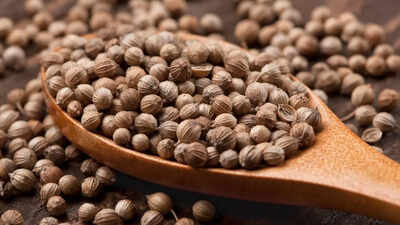6 easy tips to grow coriander at home this monsoon: Grow thriving dhaniya plants |

The monsoon season is hands down one of the best times to grow coriander (dhania) at home. With the natural boost of regular rainfall, cooler temperatures, and high humidity, this fragrant herb doesn’t just survive, it thrives. Whether you’ve got a full backyard garden or just a little balcony or windowsill, coriander grows fast and fuss-free, making it perfect for home gardening during the rains. Coriander adds a burst of freshness to everything from curries to chutneys, and there’s something incredibly satisfying about plucking it fresh from your own plant. But while it’s low-maintenance, a few mindful habits can make a big difference in how lush and long-lasting your crop turns out. From choosing the right soil to understanding how much water and sunlight it needs, these small efforts go a long way. Whether you’re a seasoned home gardener or just getting started, these 6 easy and practical tips will help you grow healthy, flavour-packed coriander this monsoon and keep it thriving all season long..
6 ways to grow coriander at home during monsoon
Sow seeds the right way
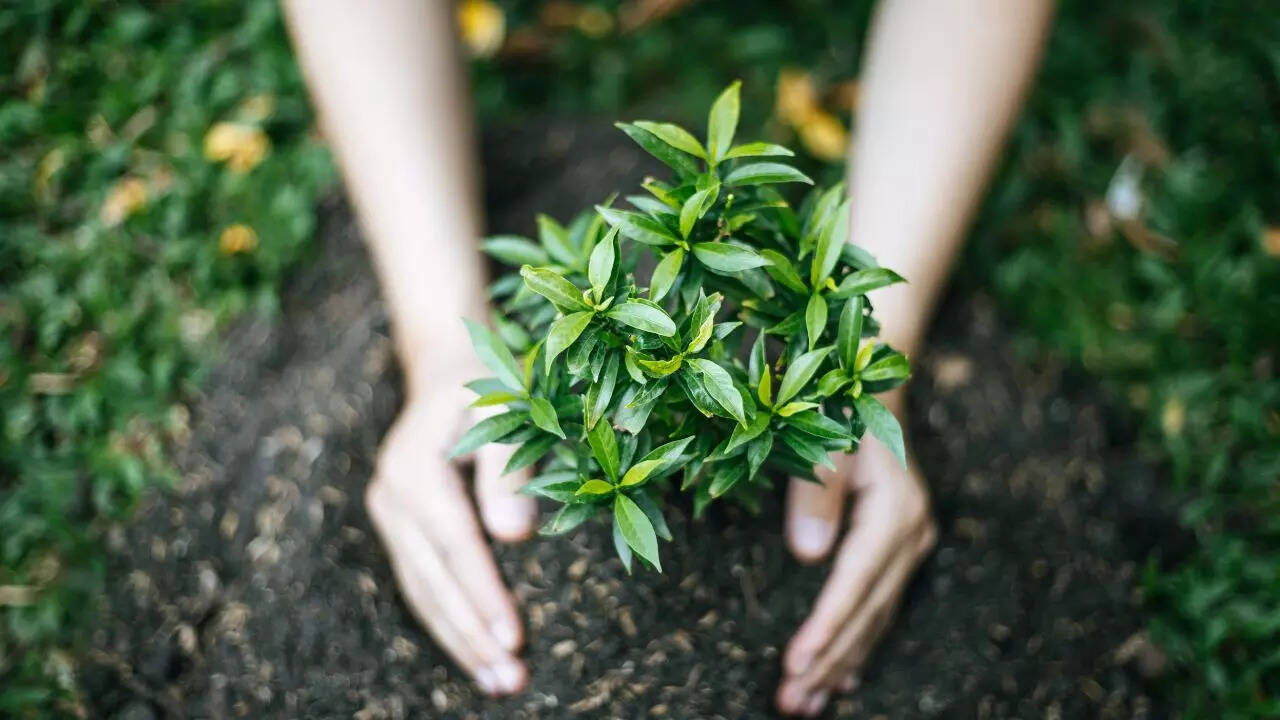
Start by using whole coriander seeds, slightly crushed between your palms. Soak them overnight in water to speed up germination. Use containers or grow bags with drainage holes, and sow seeds about half an inch deep in loose soil. Space them evenly, leaving 6–8 inches between rows. Within 7–10 days, you’ll see tiny sprouts. For a continuous harvest, sow fresh seeds every 2–3 weeks throughout the monsoon.
Choose well-draining, nutrient-rich soil
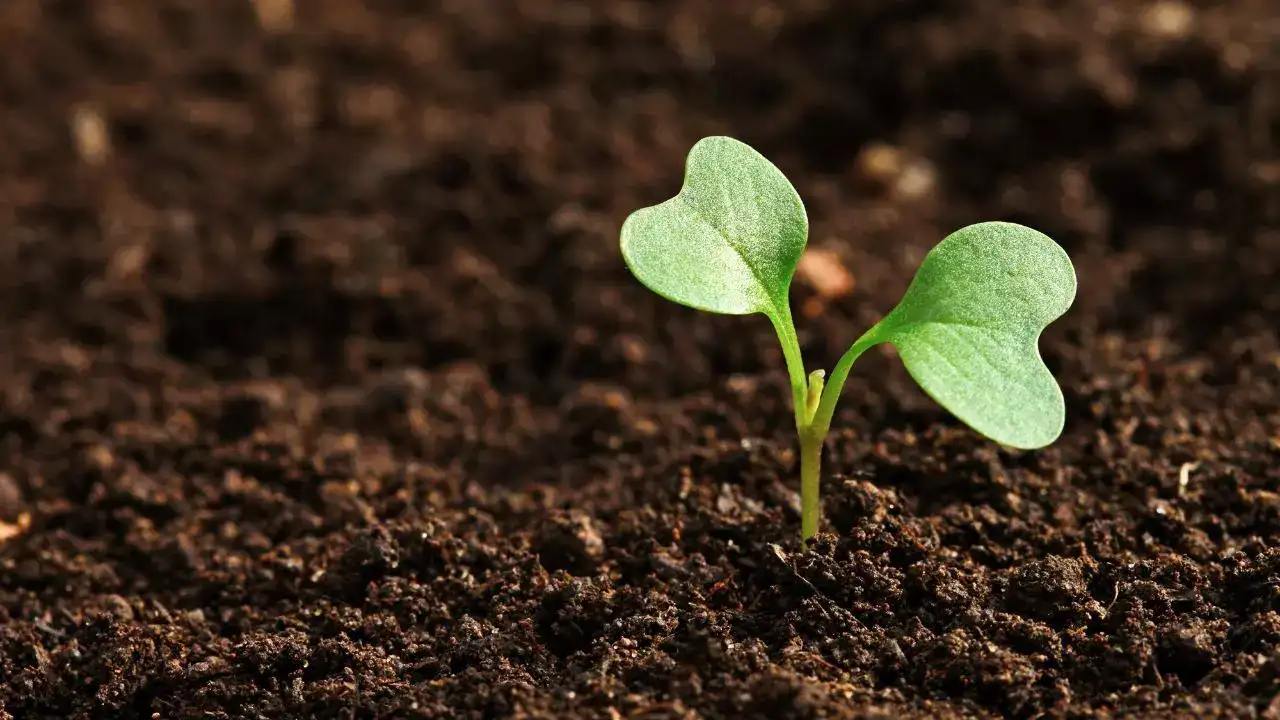
Coriander roots are shallow and don’t like soggy soil. Use a light, well-draining mix made from garden soil, compost, and coco peat or sand. Avoid using heavy clay or sticky soil as it can hold too much water and lead to root rot. Mixing in homemade compost or vermicompost helps boost nutrient levels and supports strong, aromatic leaf growth.
Place it in partial sunlight
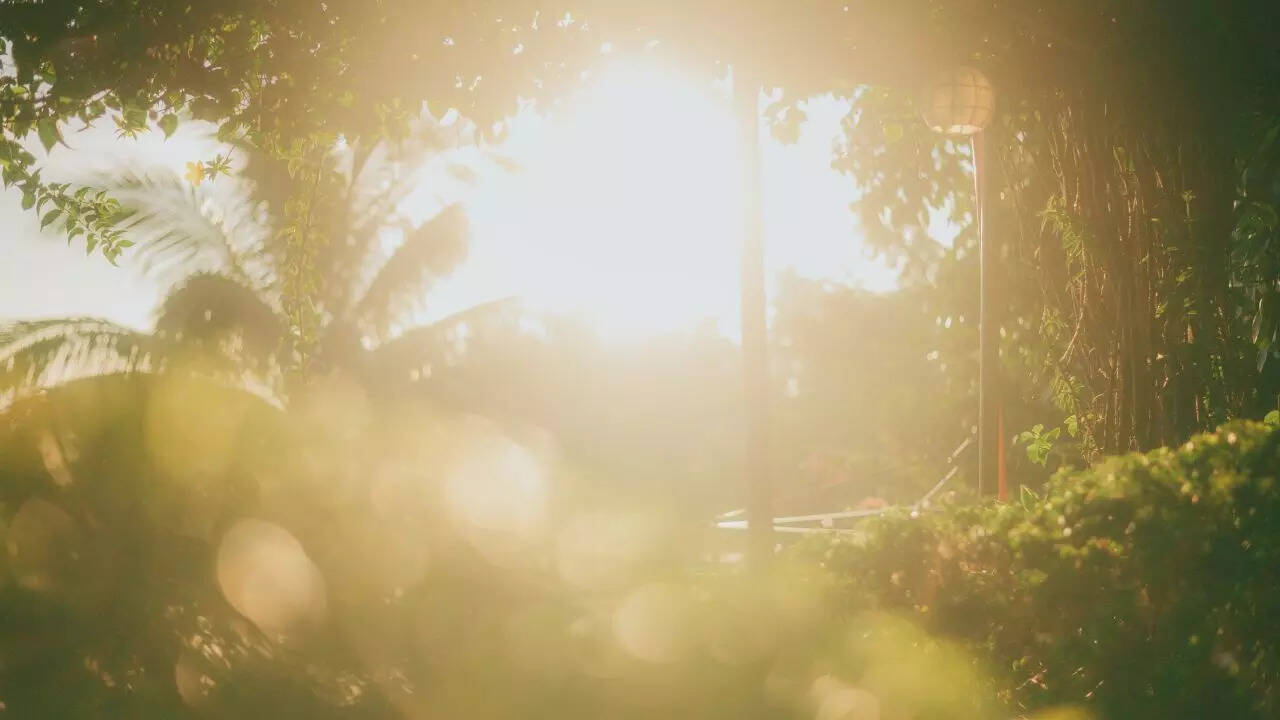
Coriander grows best in a spot with 4–6 hours of indirect or filtered sunlight. While it loves light, too much direct sun, especially during a humid monsoon can cause it to bolt early and flower. A bright windowsill, balcony railing, or shaded garden corner works well. Rotate the pot every few days to ensure even light exposure.
Water with care during the rains
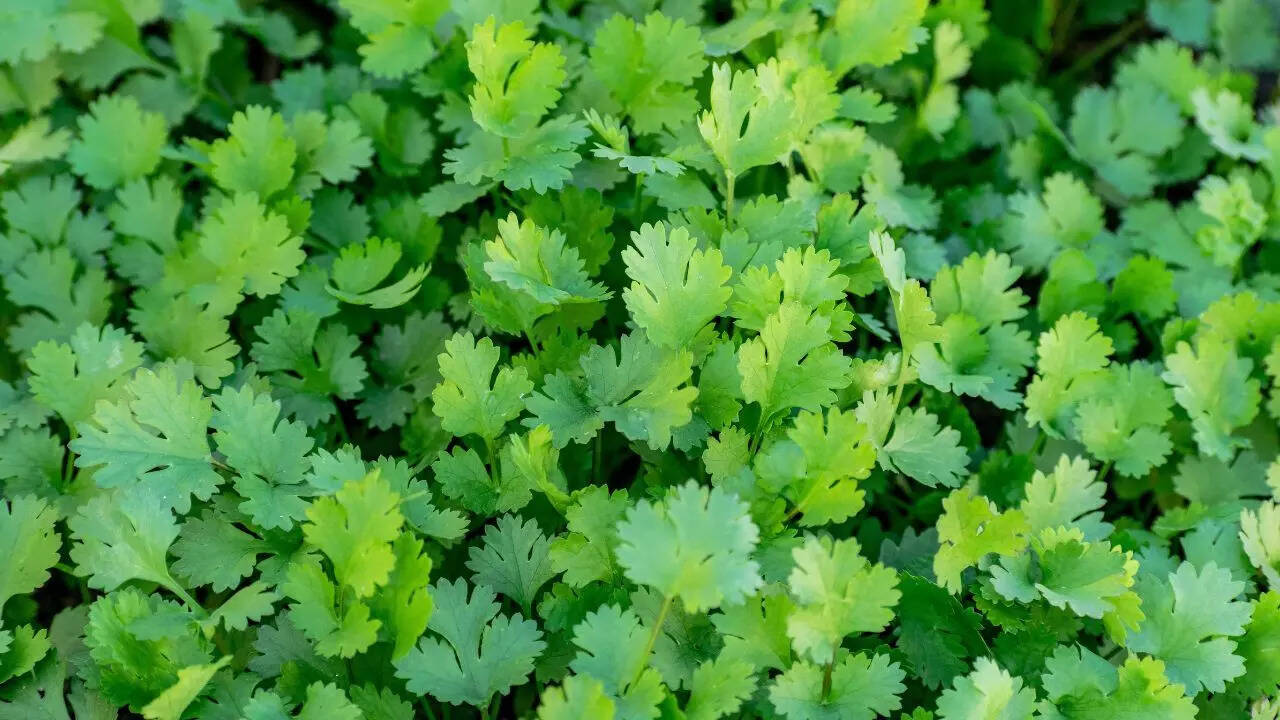
During monsoon, your coriander may not need daily watering. Keep the soil moist but not soaked, water only when the top inch of soil feels dry. In heavy rains, shift potted plants to sheltered areas to prevent overwatering. Use a spray bottle or watering can with a gentle spout to avoid disturbing the roots or seedlings.
Harvest leaves regularly to boost growth
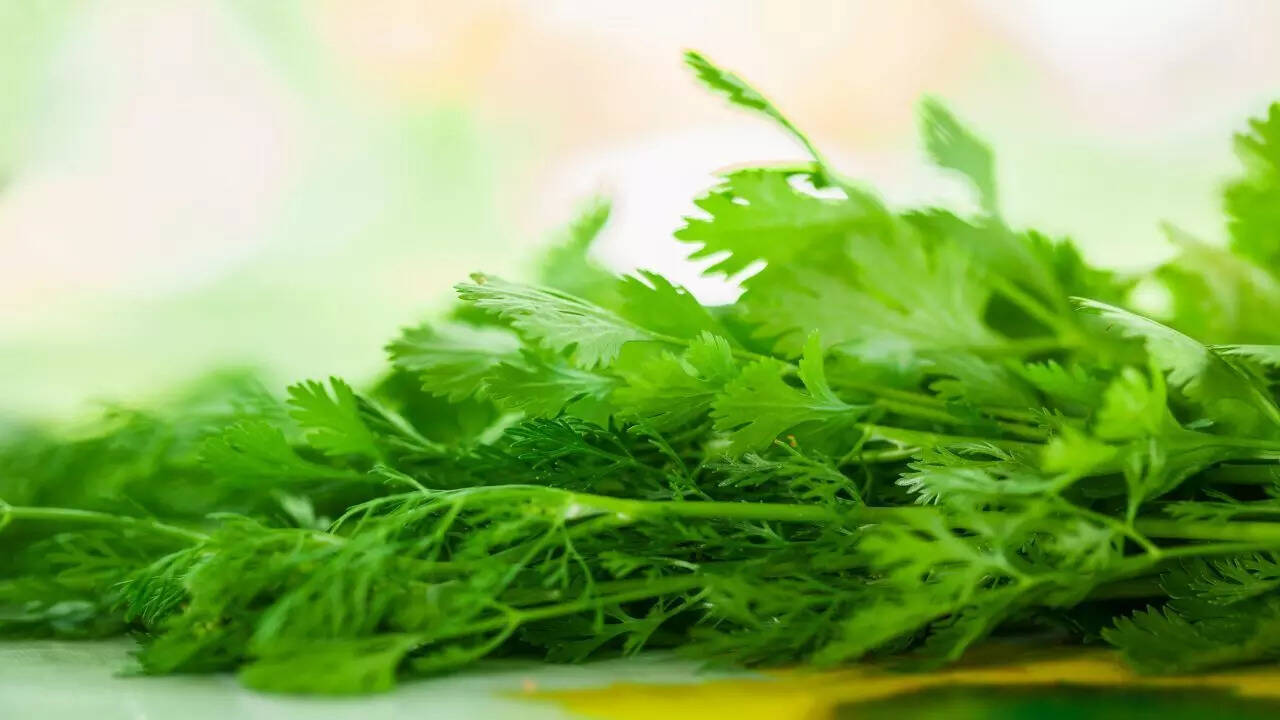
Once your coriander is 3–4 inches tall, you can begin harvesting. Use scissors to trim outer leaves and stems, but leave the centre intact. Don’t cut more than one-third of the plant at a time. Regular harvesting encourages bushy growth and delays bolting, letting you enjoy fresh leaves for a longer time throughout the season.
Watch for pests and keep your plant tidy
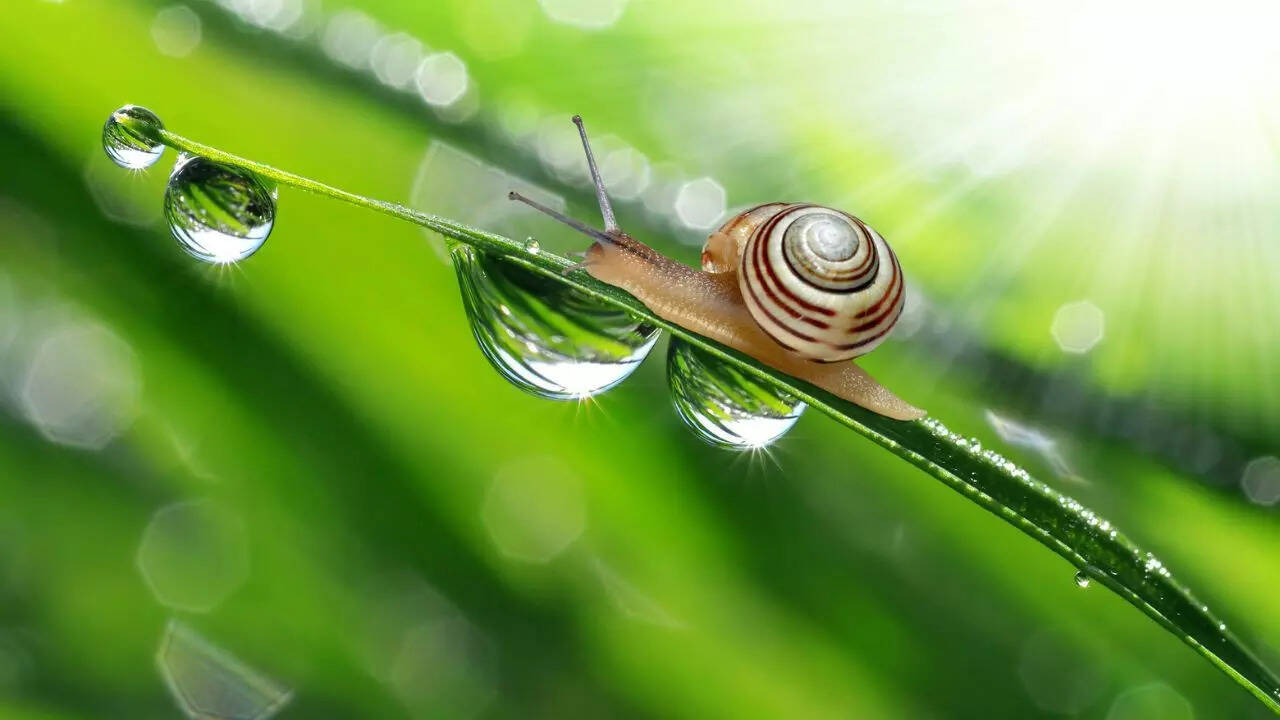
Though monsoon helps with growth, it also increases the risk of fungal infections and pests like aphids. Check your plant every few days for yellowing leaves or tiny bugs. Remove infected leaves, wipe the container edges, and keep the area dry. Good air circulation, clean tools, and regular checks will go a long way in keeping your coriander healthy.Growing coriander at home during the monsoon is easier than you might think. With just a little preparation, quality seeds, good soil, proper watering, and light, you can enjoy fresh, fragrant dhania right from your home. Whether you’re snipping leaves for tadka, chutneys, or garnish, nothing beats the taste of herbs grown with your own hands. Try these tips this season and turn a corner of your home into a thriving monsoon herb garden.Also read| How to grow show-stopping dahlia blooms at home this season

